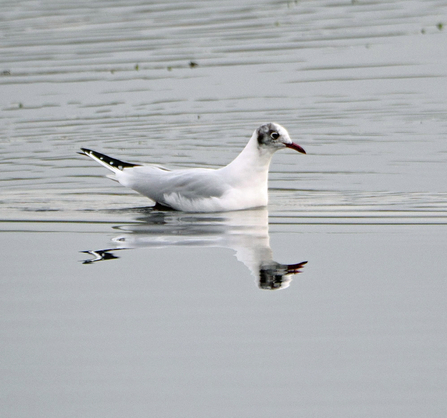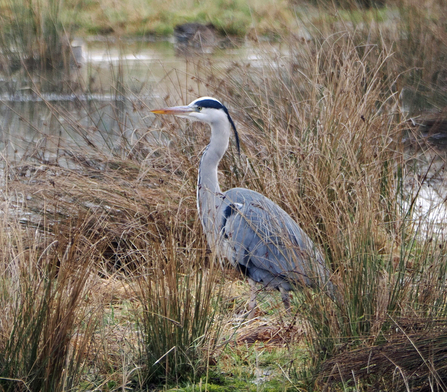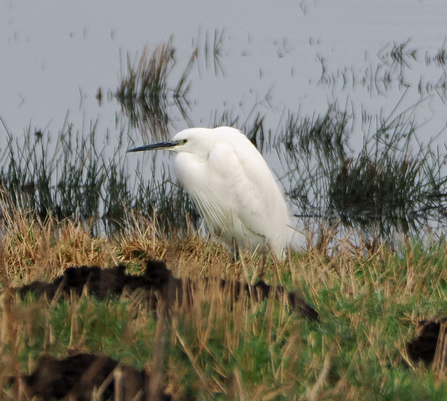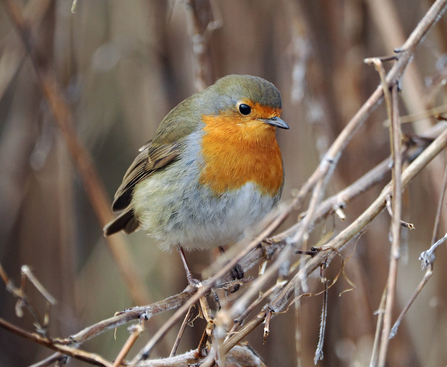But, if you look hard enough through the winter gloom, there are already signs of warmer and brighter days ahead.
My sudden flash of optimism has been sparked by a flock of about 20 black-headed gulls swimming in the chilly waters of the partly frozen east lagoon. One bird stands out from the rest of the flock. The others are all still dressed for winter, with white heads marked with a black spot. But this individual is sporting a head that’s turning into the chocolate brown breeding plumage that black-headed gulls wear in spring and summer.





